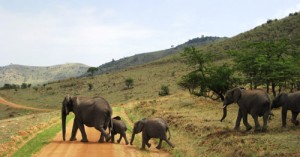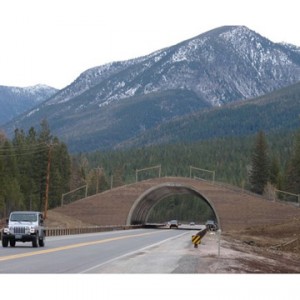I found a study conducted in Milan, Italy that concluded the nature of urban expansion influences the degree of urban mobility and the competitiveness of public transportation. Urban sprawl, which results in more dispersed and less structured development, represents one of the least environmentally acceptable solutions in the study and is associated with the lowest level of public transport. A link to the study is provided at the bottom of the page. A NASA webpage that examines the impacts of fast growing urban areas provides a useful connection between the study that I found and the spatial extent of the environmental impacts of urban sprawl. There is a neat reconstruction of the growth of Baltimore over the past 200 years. Enjoy!
Author Archives: Ethan Strickler
Environmental Change and Infectious Disease – Rural Ecuador
A professor from the University of Michigan’s school of Public Health made an interesting connection between expanding road networks and diarrheal pathogens in the remote rainforests of northern Ecuador. His study indicated that higher rates of infection (up to 8 times higher in some cases) were found at closer distances to the main roads, and showed that villages better connected by the new road networks also experienced higher rates of infection. An InFocus article on the University of Michigan’s website focused on his study and noted that the study of epidemiology and the spread of disease needs to account for broad socio-economic, ecological, and economic patterns.
Road Building Near the Serengeti
The Nature Conservancy’s website blog (blog.nature.org), also known as Cool Green Science, is dedicated to sharing links to interesting environmental and conservation-related online news stories from around the world. Although the blog is not specifically dedicated to examining the environmental impacts of road and rail, the issue is encountered throughout the blog. A blog post from this July is especially relevant to the topic of road, rail, and environmental impact. The post reveals that the Tanzanian government, who had previously planned to build a paved, commercial road through Serengeti National Park, will not go through with its planned highway due to resistance from the conservation community and the potential impacts the road would have on people and wildlife. Despite this, paved, commercial roads will be built just outside the park, and conservationists and locals are concerned about how the new and improved access to the region will affect the ecologically fragile area. While ecotourism can be an economic benefit to some nations and communities, the increased access needed for ecotourism to be successful can significantly change the economy of local communities while also further fragmenting and pressuring ecosystems. The Tanzanian government is proposing more routes in the region that would unfortunately intersect the lands of indigenous hunter-gatherer tribes south of the park. When considering the benefits of increased access to the region, I hope the Tanzanian government takes into account the ecological and cultural integrity of the Serengeti.


